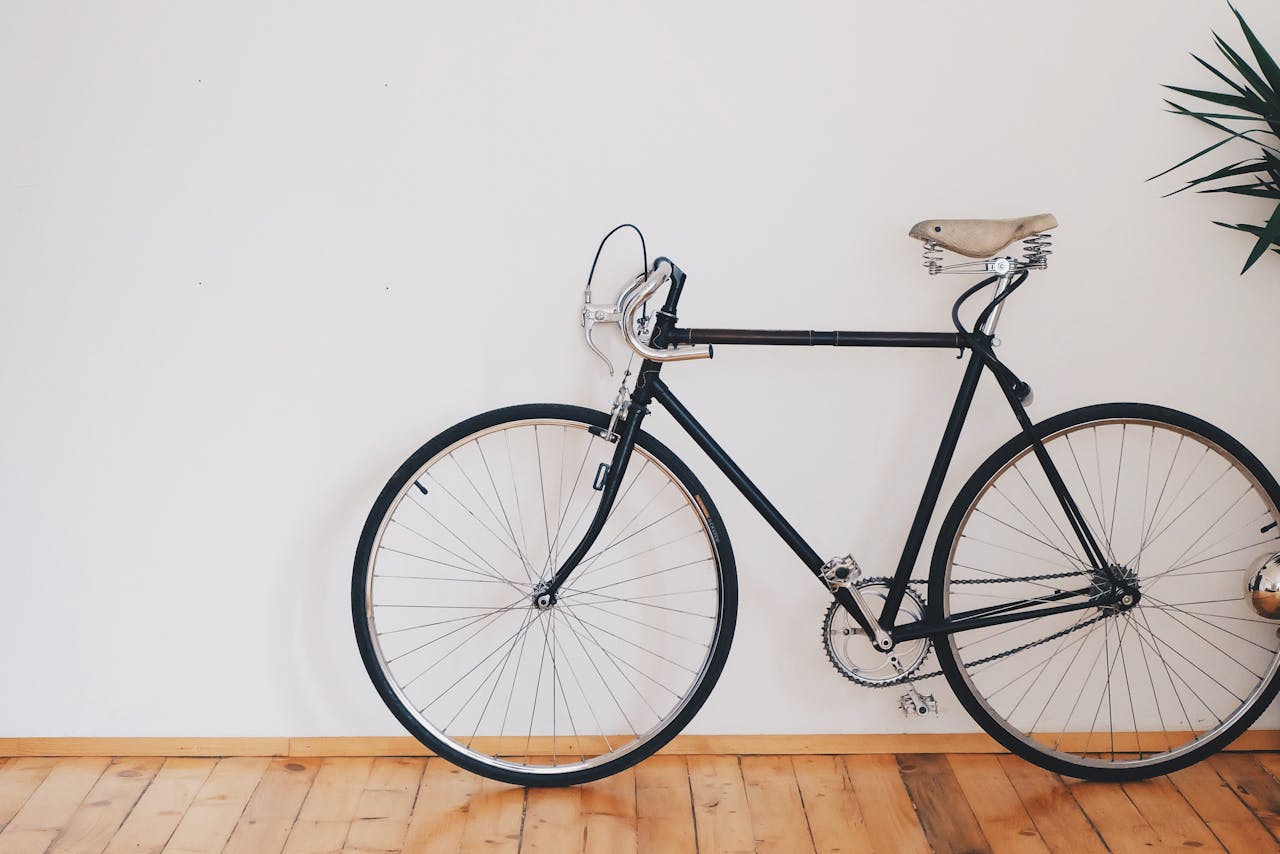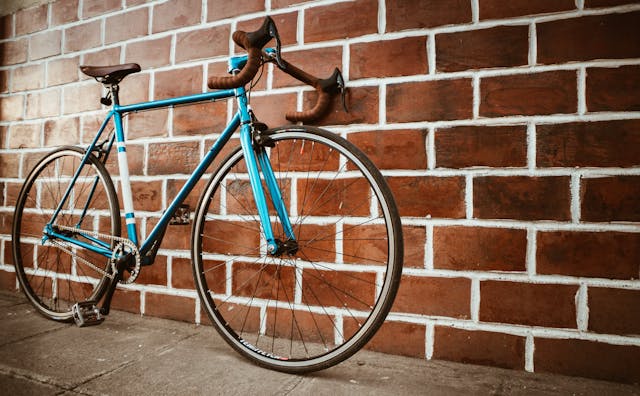Comments
- No comments found

The issue of bike safety is an ongoing concern in most communities across the country.
Still, many citizens wonder if minorities are at higher risk of cycling accidents as compared to the general population. Unfortunately, multiple research studies have documented how members of minority groups have a higher chance of dying when riding a bicycle compared to whites. For every 100 million miles that white bicyclists travel, 7.5 fatalities happen. However, for every 100 million miles ridden by blacks, there are 34 fatalities involved. Fatality rates for Hispanic riders are also higher for those riding bicycles.

It's not just bicycling fatalities that are worse for blacks and Hispanics. In 2022, 1,253 Latino residents were involved in bicycle accidents in LA County, resulting in 25 deaths. It's also more dangerous for members of either minority to be pedestrians. Conversely, Asian pedestrians and bikers died less than other minority groups, but members of indigenous American groups did die at higher rates than whites when walking or cycling. The higher rates of fatality among blacks can be even more alarming when one factor is how they travel fewer miles on a bike or by foot than other population groups. Research into these numbers looked at both bicycling for recreation and transportation.
White cyclists logged more miles than anyone. However, in many communities, white residents are more likely to have access to extended networks of greenways, parks, and other biking routes where road safety isn't as much of an issue. The infrastructure for bicycling in many white communities is considerably different than riding several blocks in an urban minority neighborhood. These communities may lack infrastructure, such as lighting, and might be close to dangerous roads or highways. Bike law enforcement can also be variable in such areas.

Advocates for more opportunities for bicycling in communities across America have a handful of consistent talking points when making their case. Bicycling allows residents to exercise, spend time outside, and get from place to place without contributing to pollution or their carbon footprint. However, safety concerns and the availability of safe places for this mode of transportation are headwinds that hold things back in many areas. Unfortunately, making things safer in urban infrastructure often requires city planners to look at how many accidents and fatalities an intersection or road might have without analyzing the overall traffic volume for proper perspective. This leads to a helter-skelter approach of applying transportation infrastructure improvements and available resources. Minority communities are often shortchanged in the process.
A lack of funding does not appear to be one of the issues at play so much as how it's distributed. The federal Department of Transportation is spending billions of tax dollars to improve things for cyclists and pedestrians. Still, it's not being applied explicitly to ethnically and racially diverse communities that might need it more than anyone else. Unfortunately, the most comprehensive research is part of the federal census every decade, which collects data on different transportation modes citizens use to go to their place of work. However, the census doesn't ask about other reasons for transportation, and the questions only ask about trip length but not distances traveled.
Neighborhood design plays a massive role in this information. The Homeowner’s Loan Corporation is a government-sponsored entity and rates neighborhoods with letter grades. A-grade neighborhoods have half as many pedestrian fatalities as those graded D; lower-rated areas have higher traffic volume, wider roads with faster vehicles, and more proximity to freeways and highways. Many white neighborhoods used their political clout and influence to prevent reconstruction through their properties, with freeways shifting to minority neighborhoods. Some of the most dangerous streets in New York City go through East Harlem and the South Bronx, while Los Angeles' Harbor Freeway goes through communities that are 60 to 80% black or Hispanic.
Leave your comments
Post comment as a guest